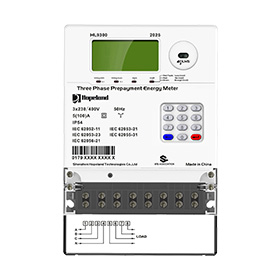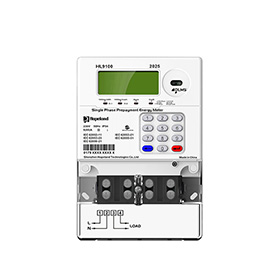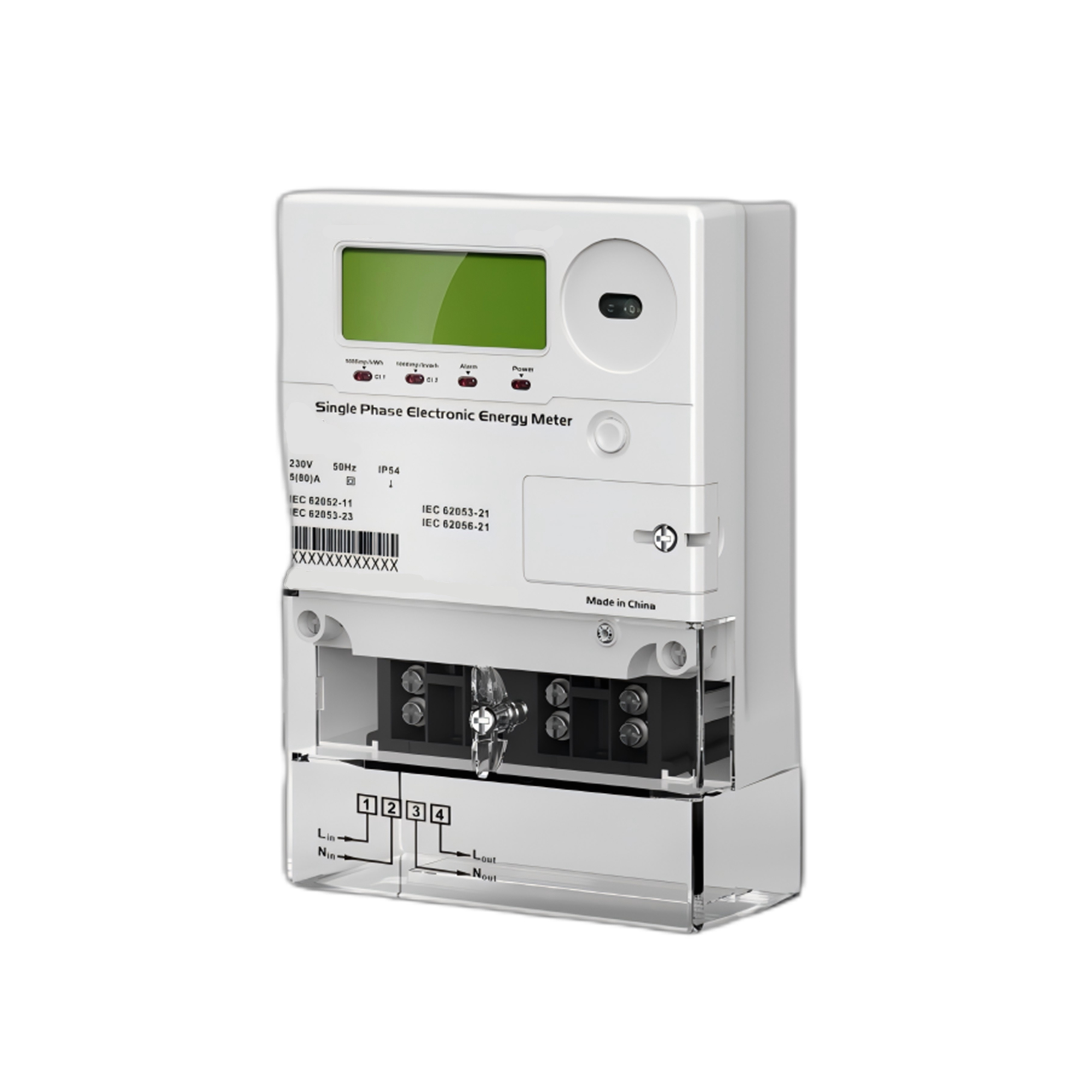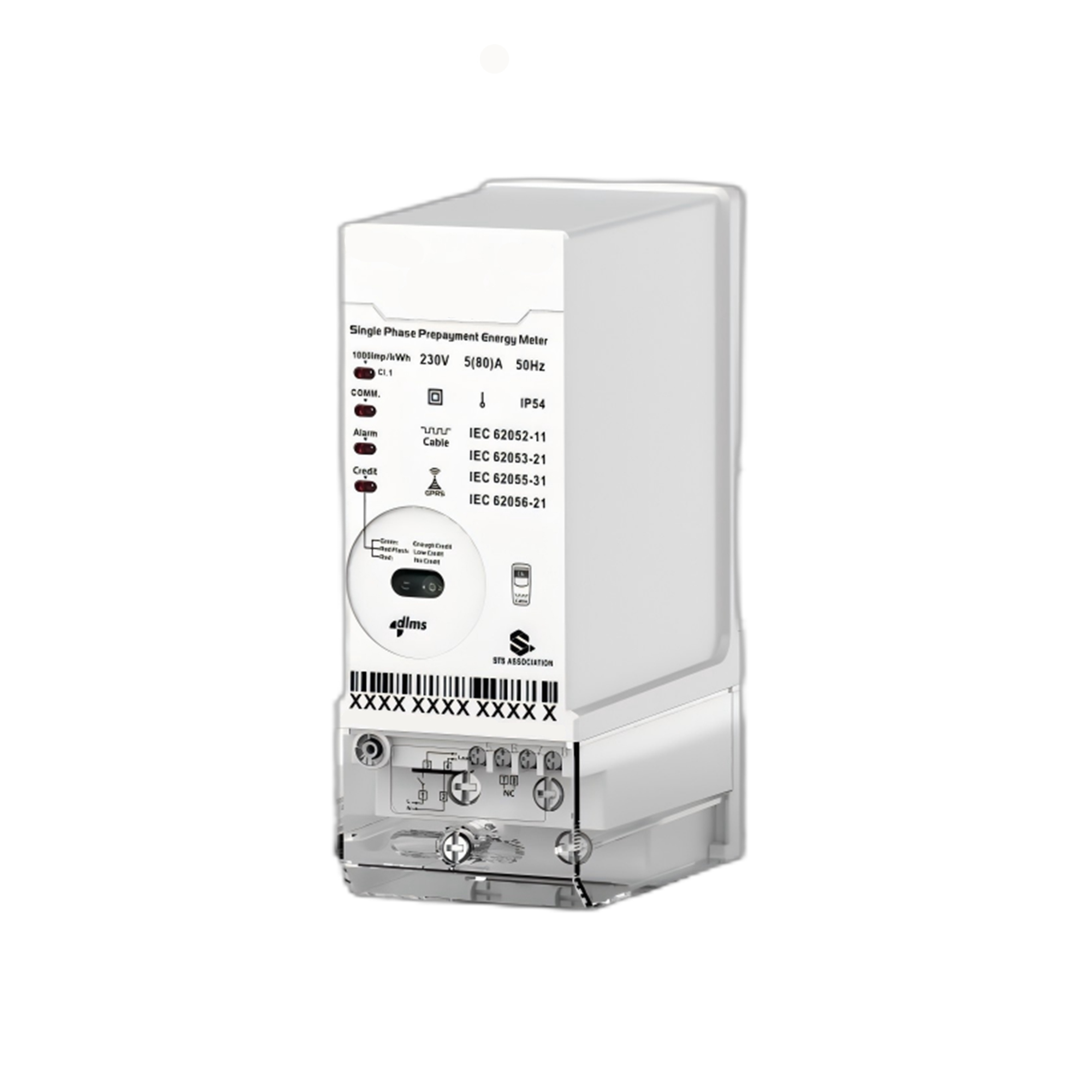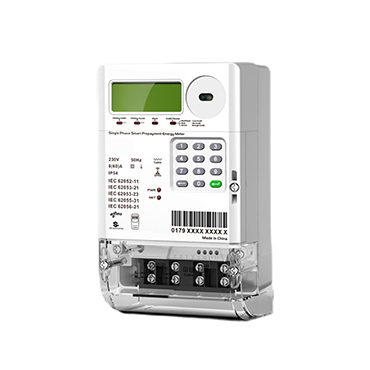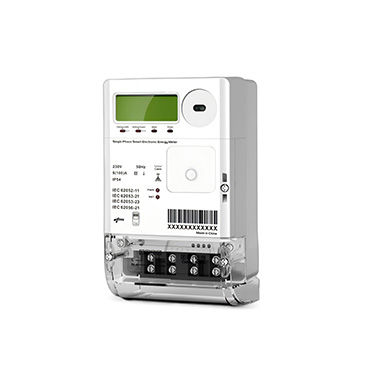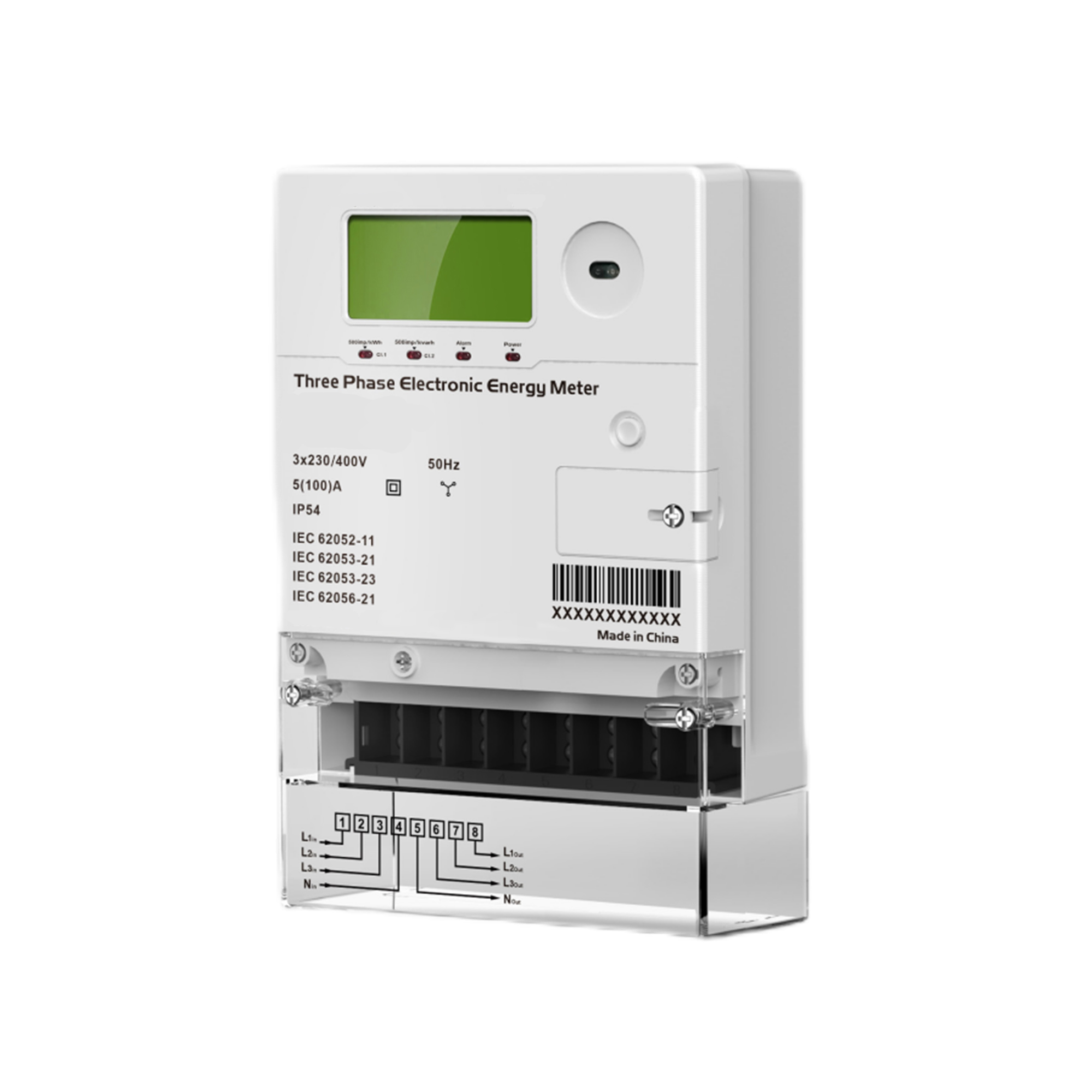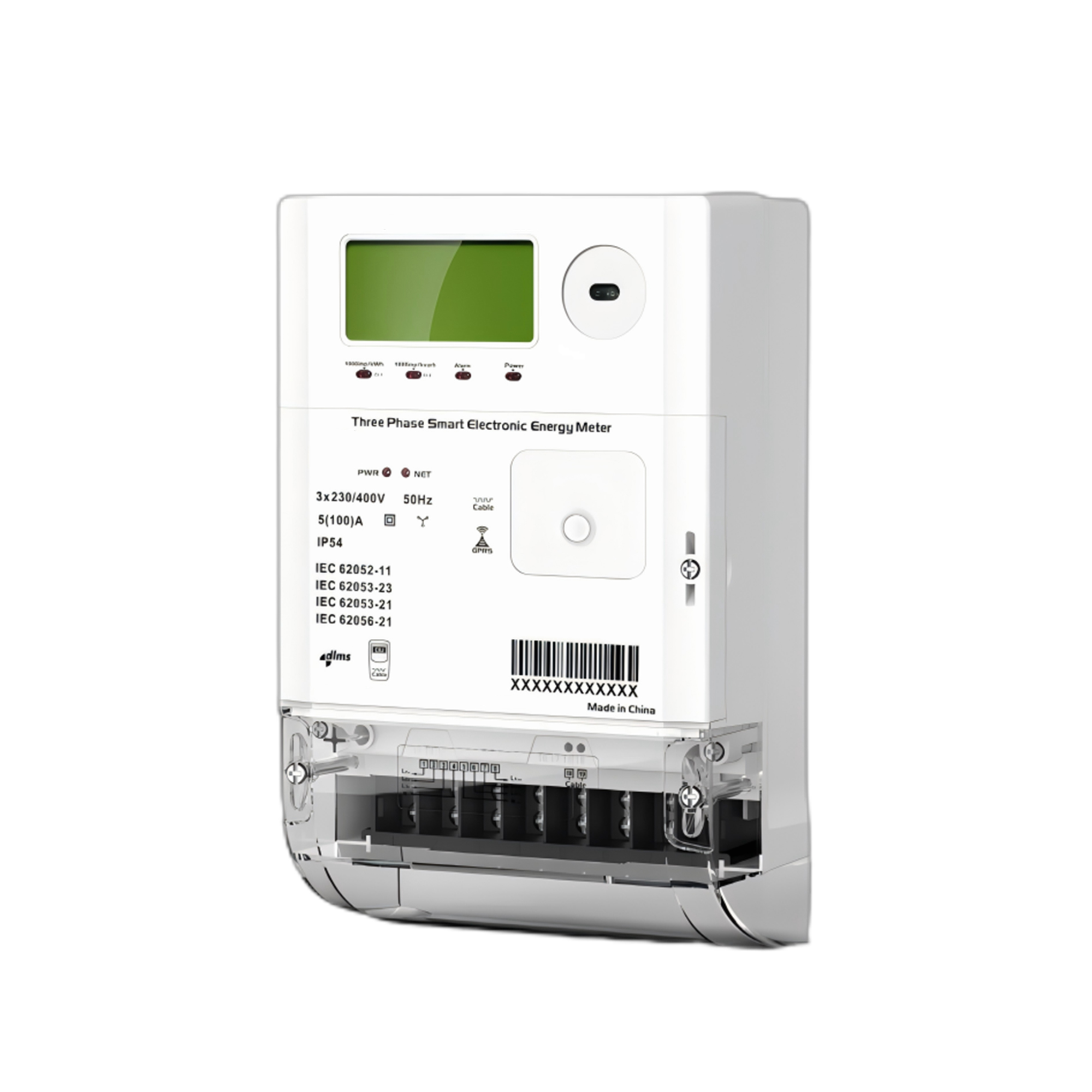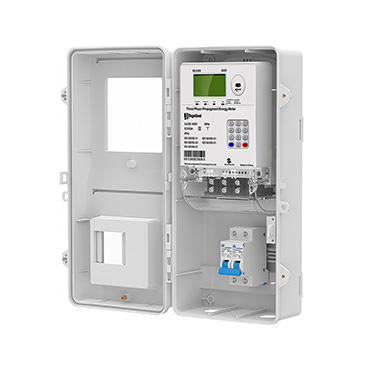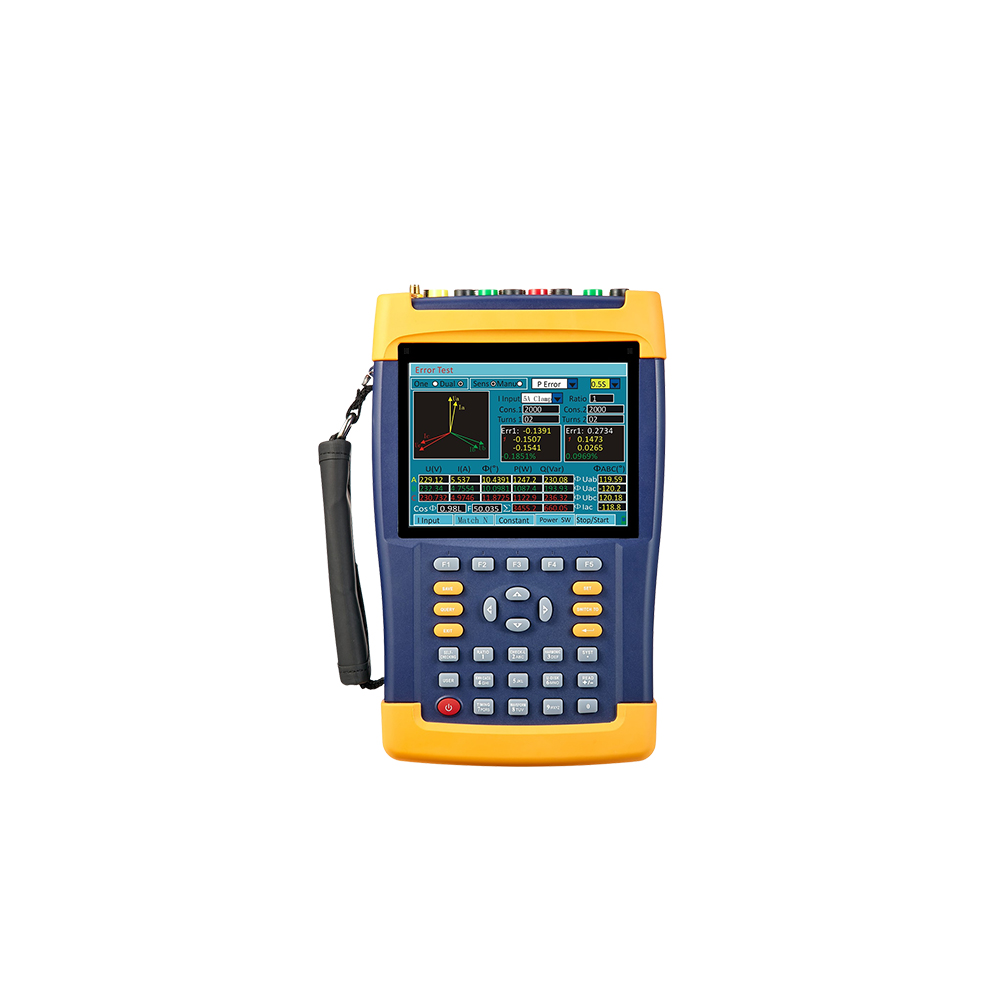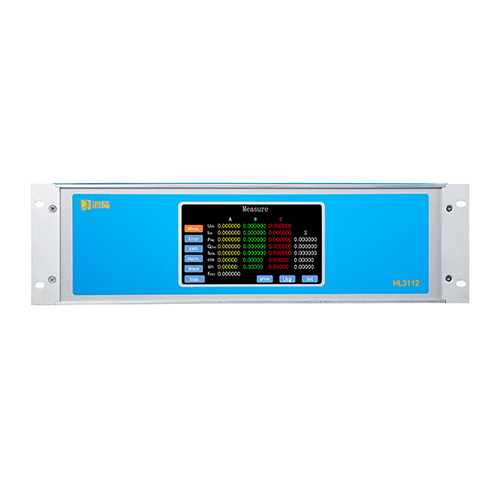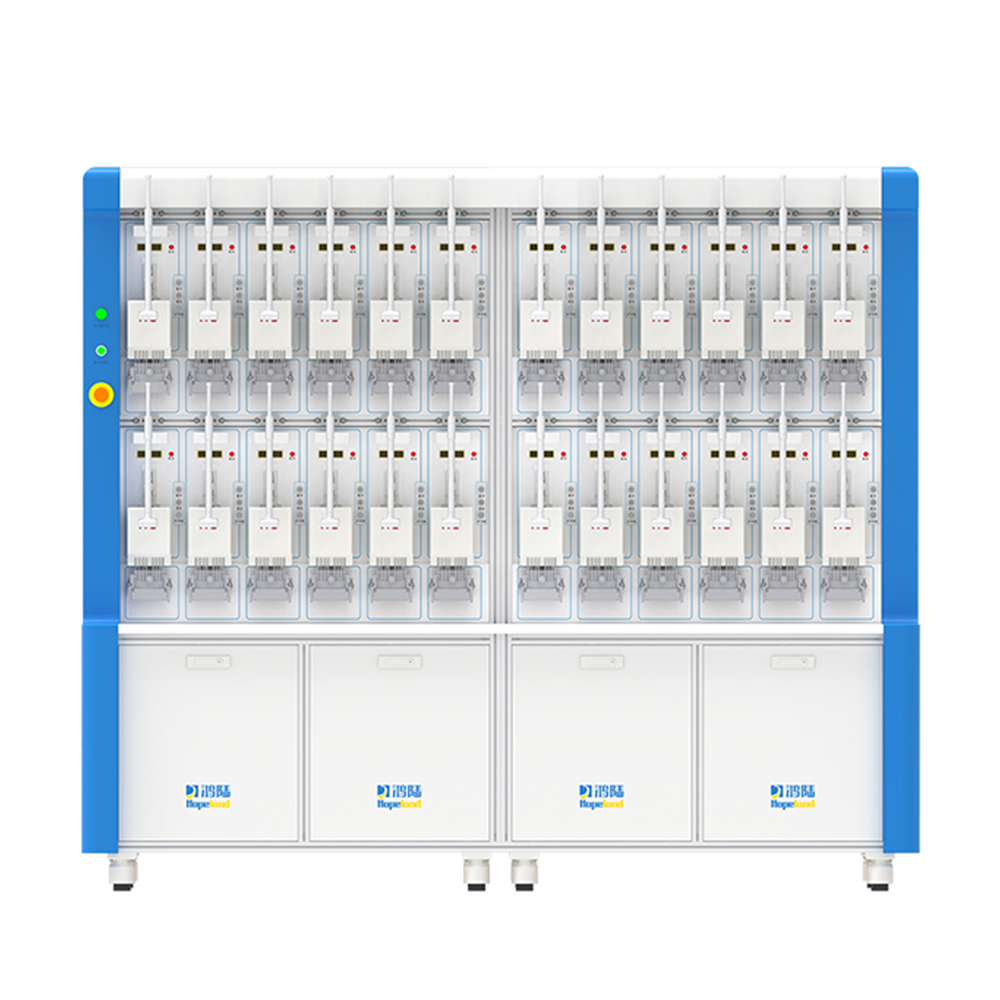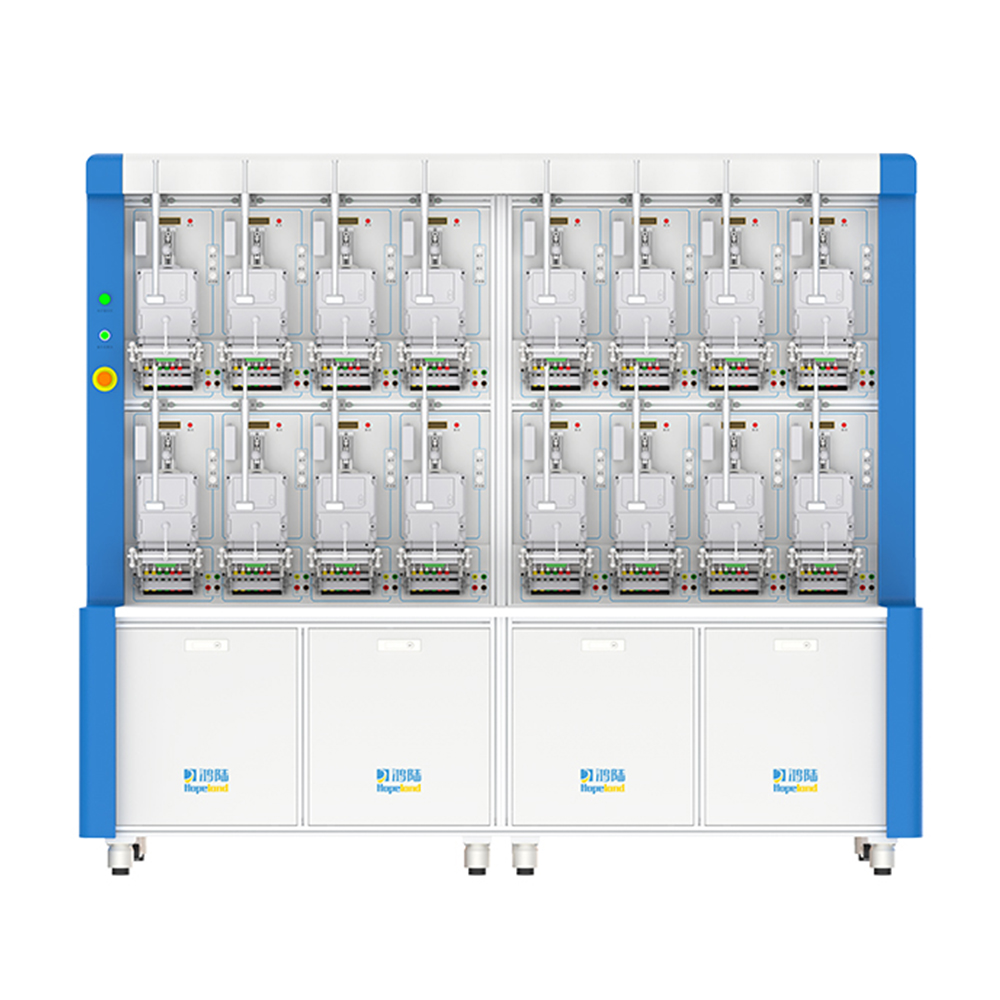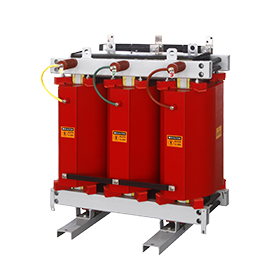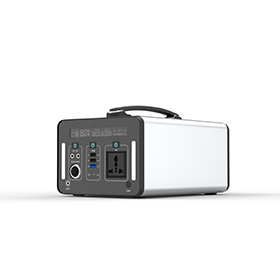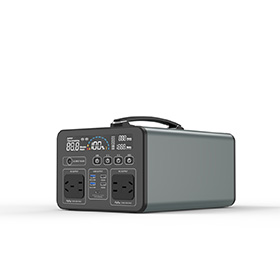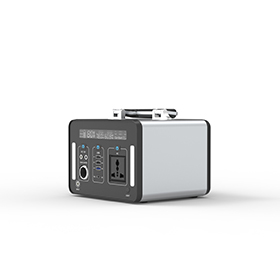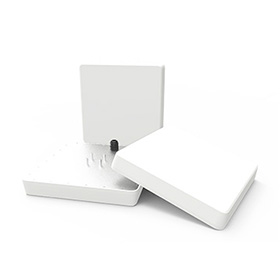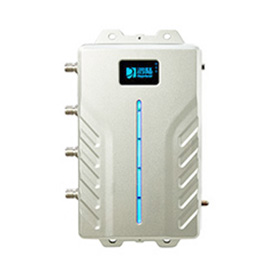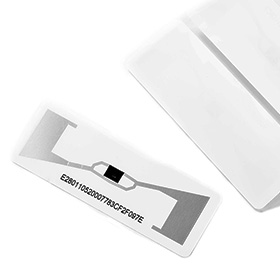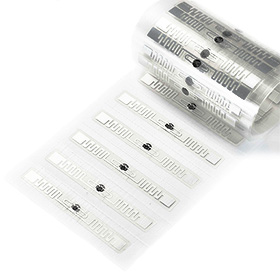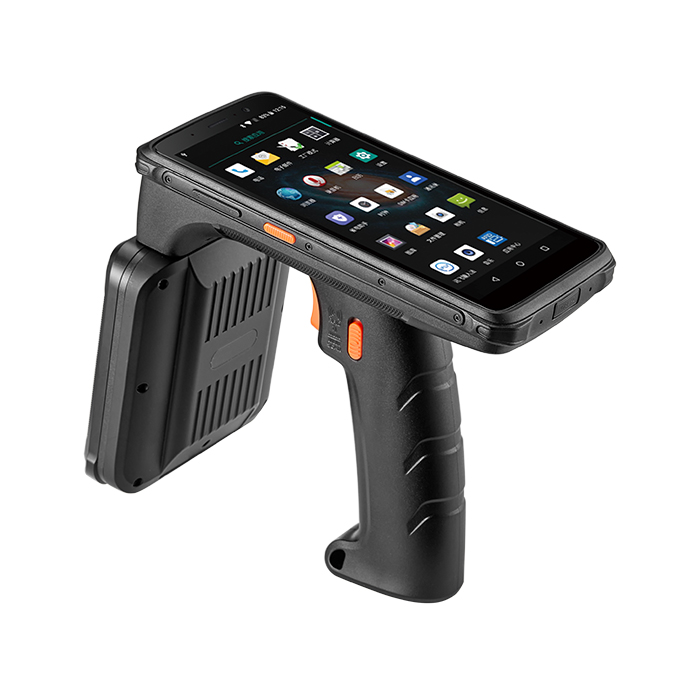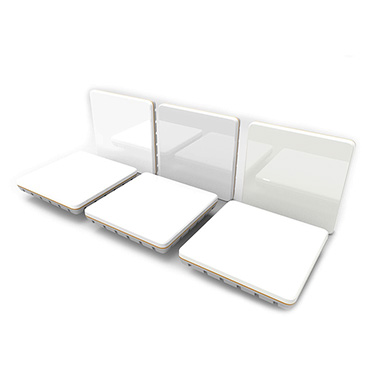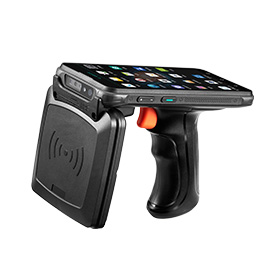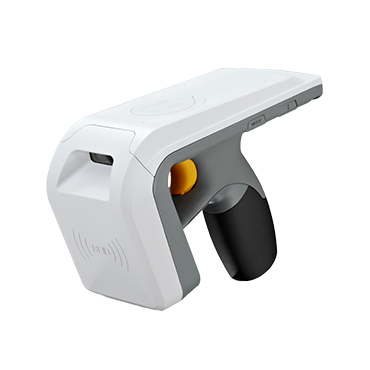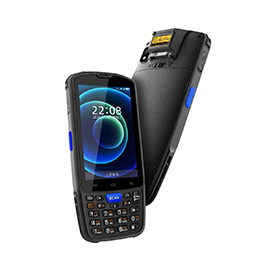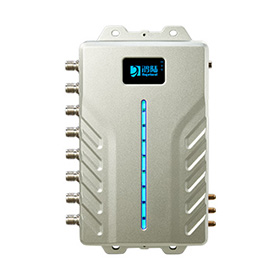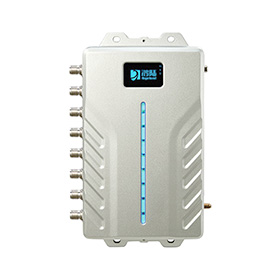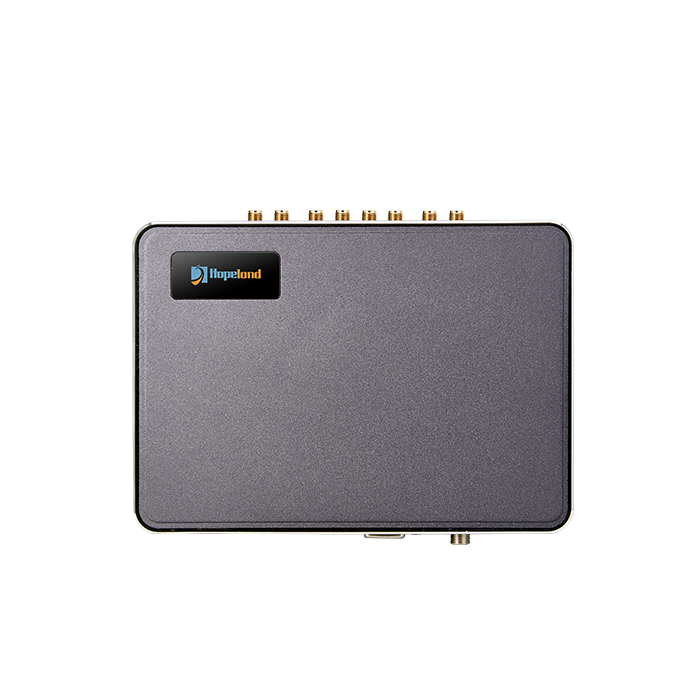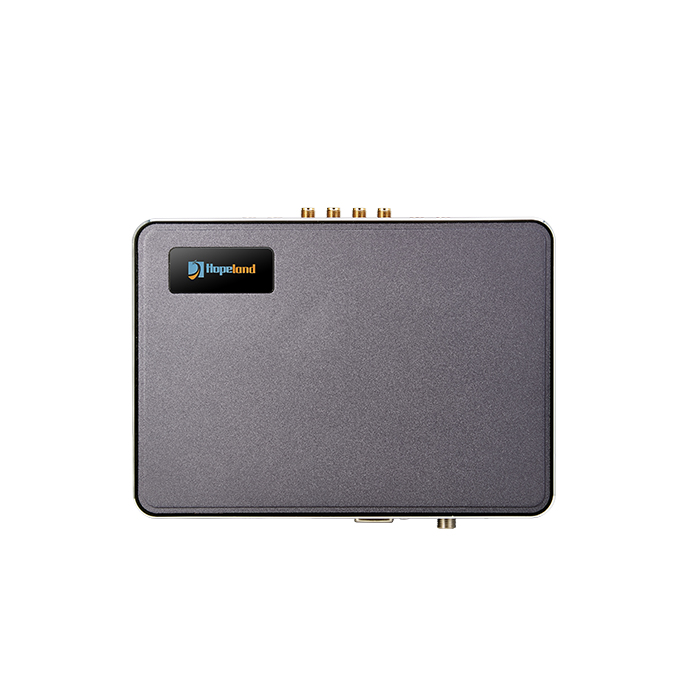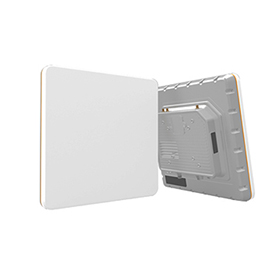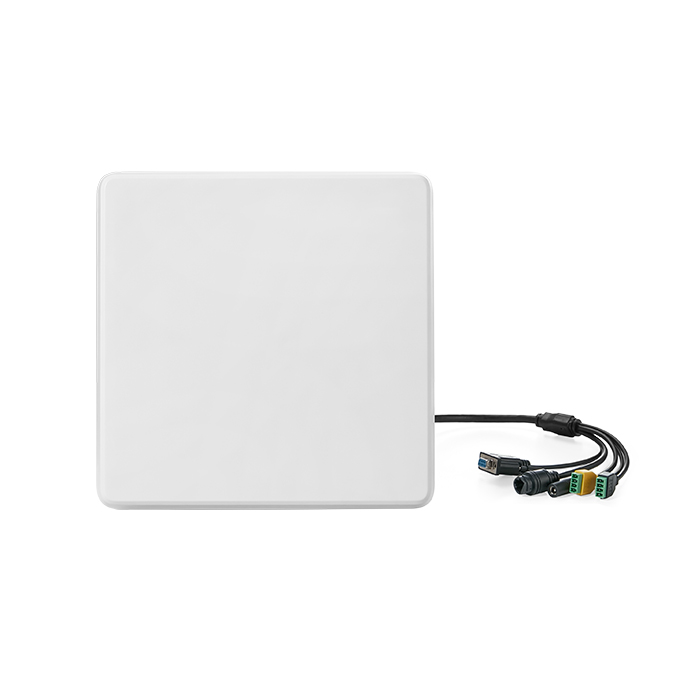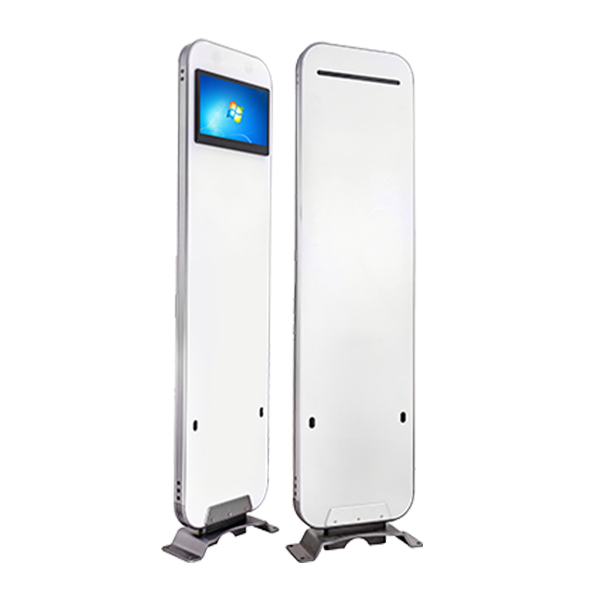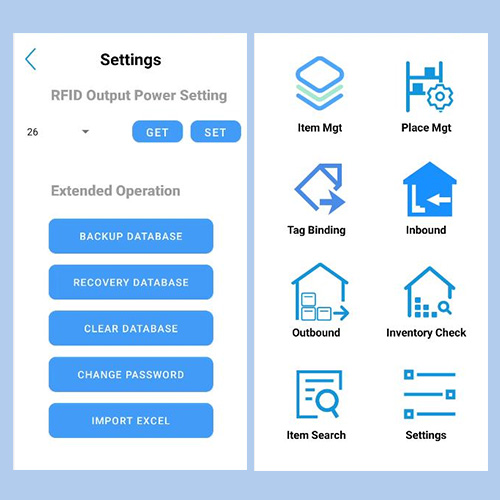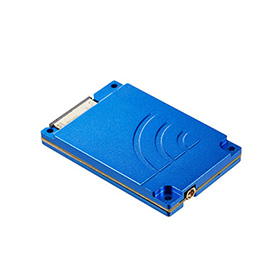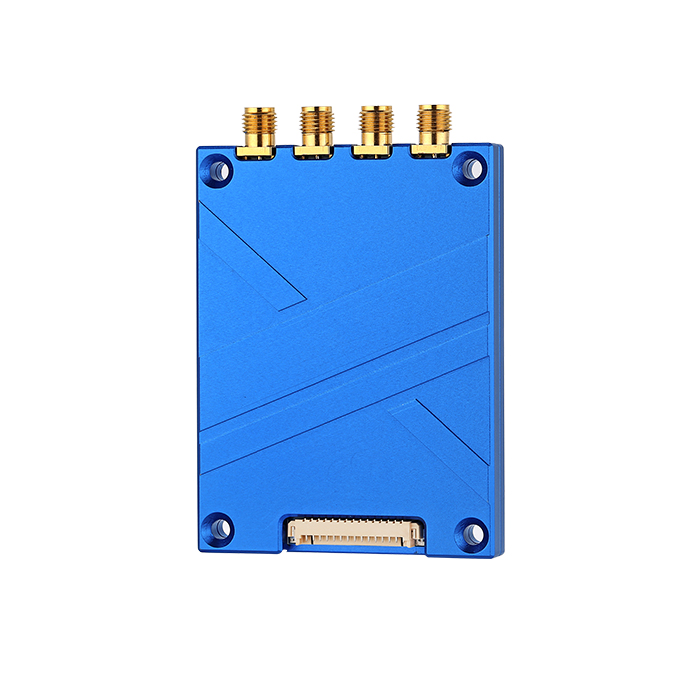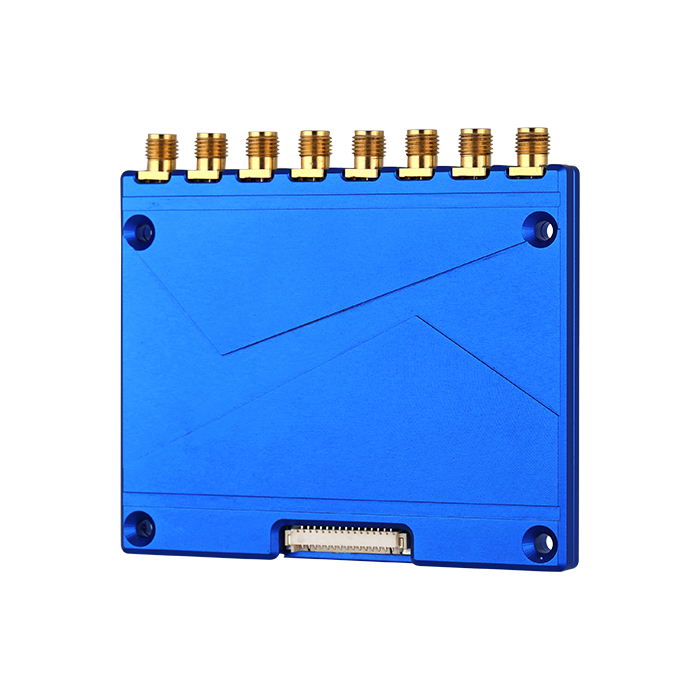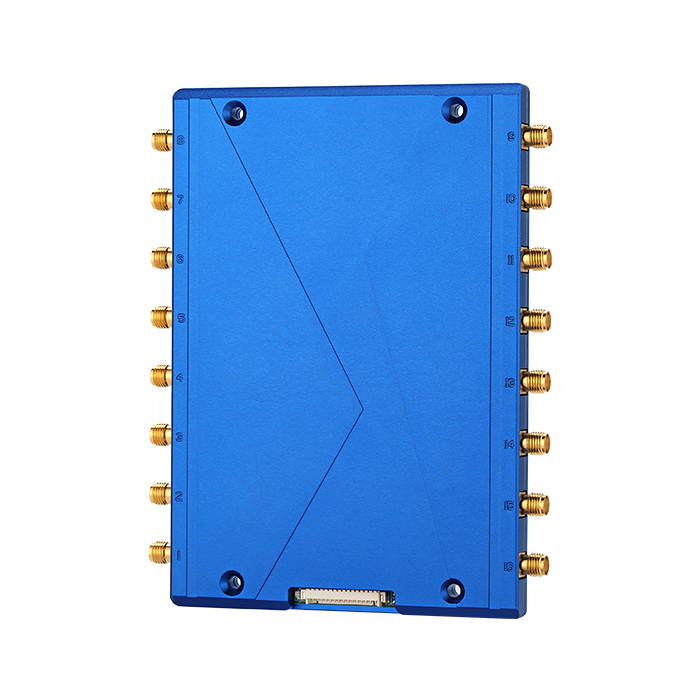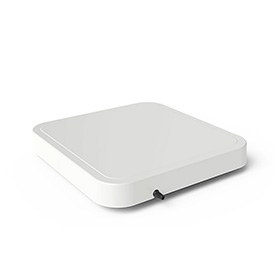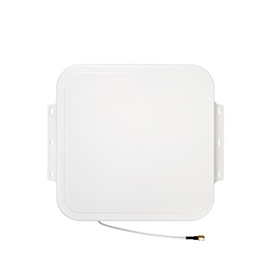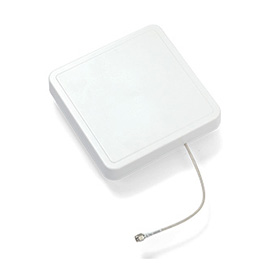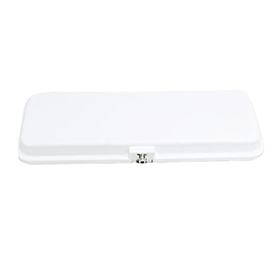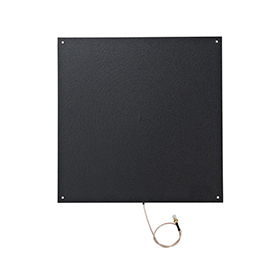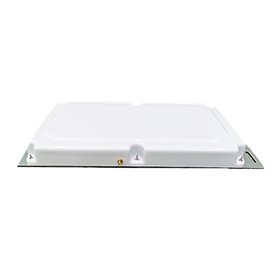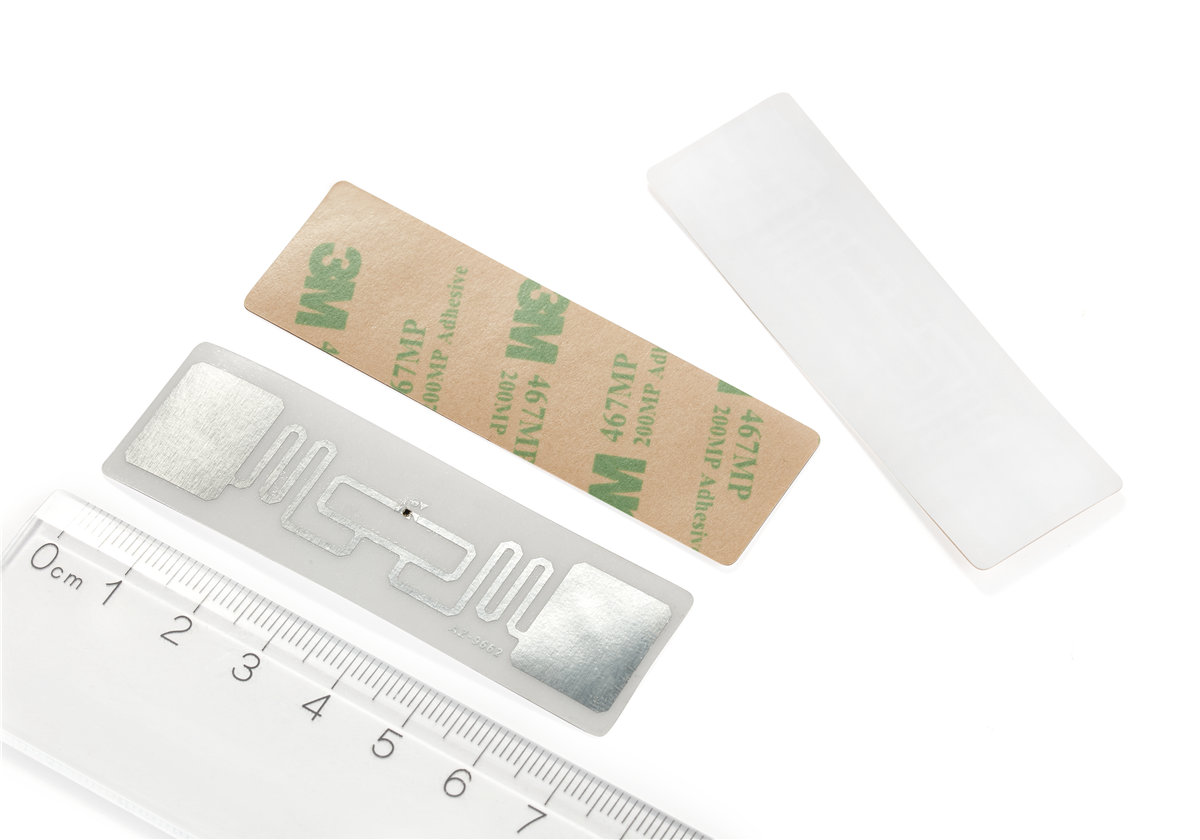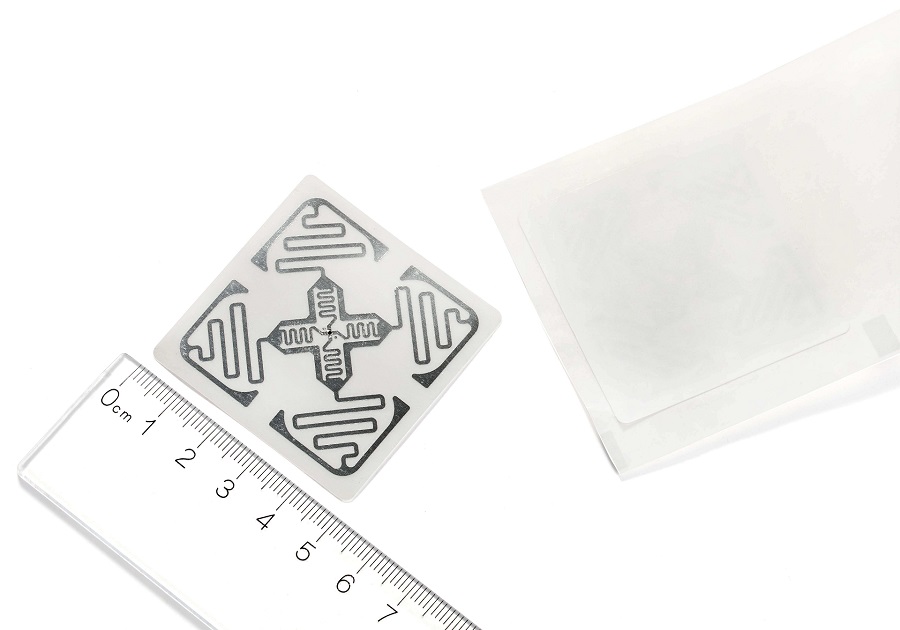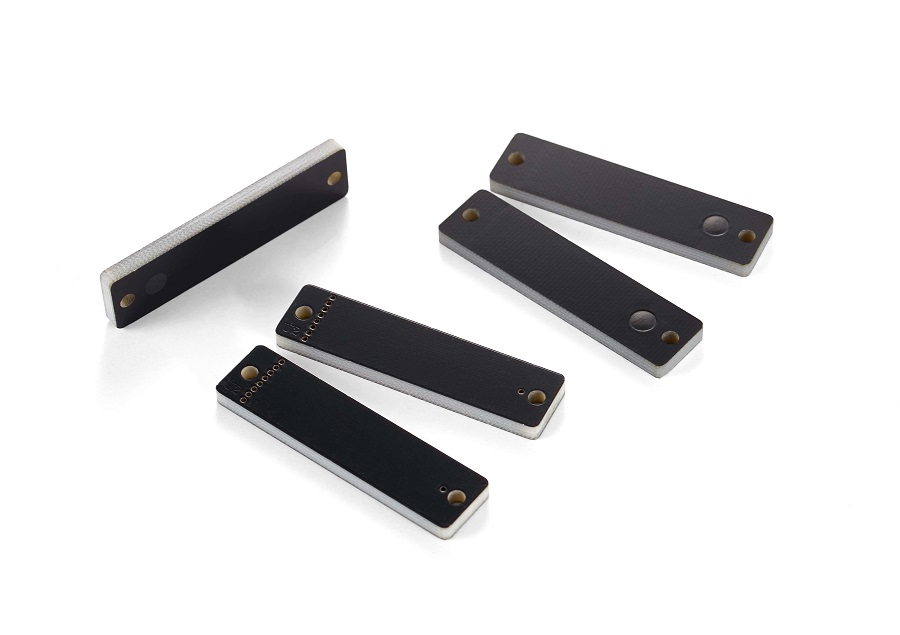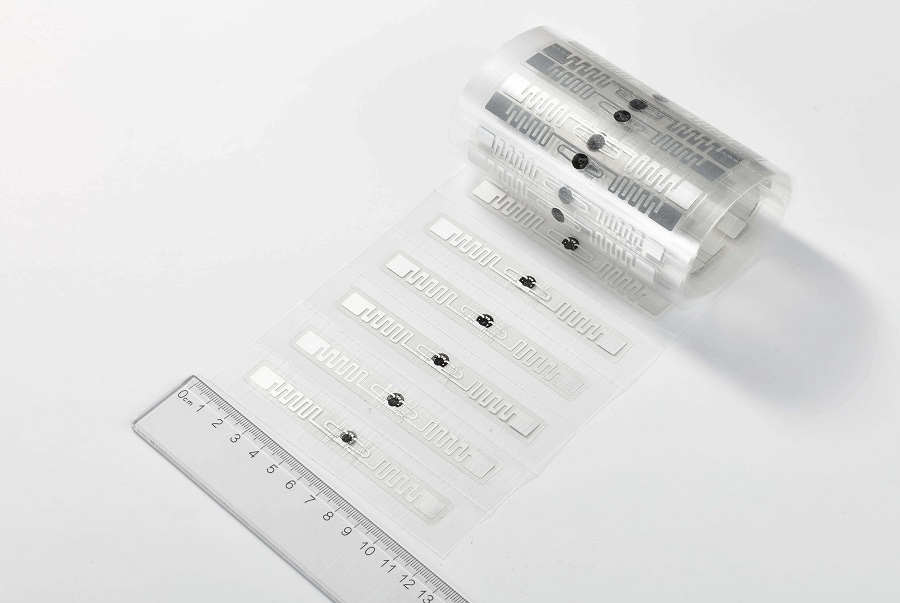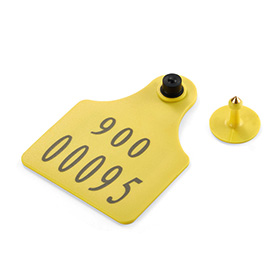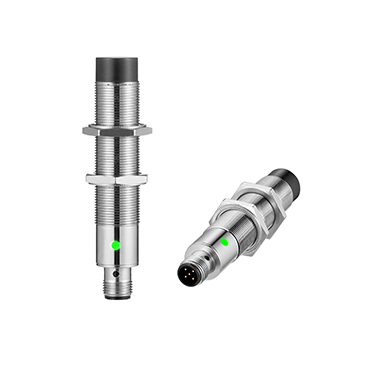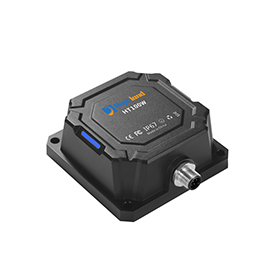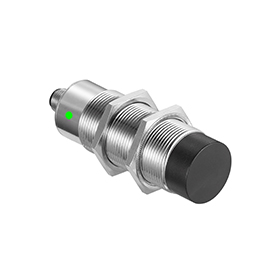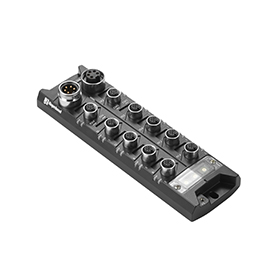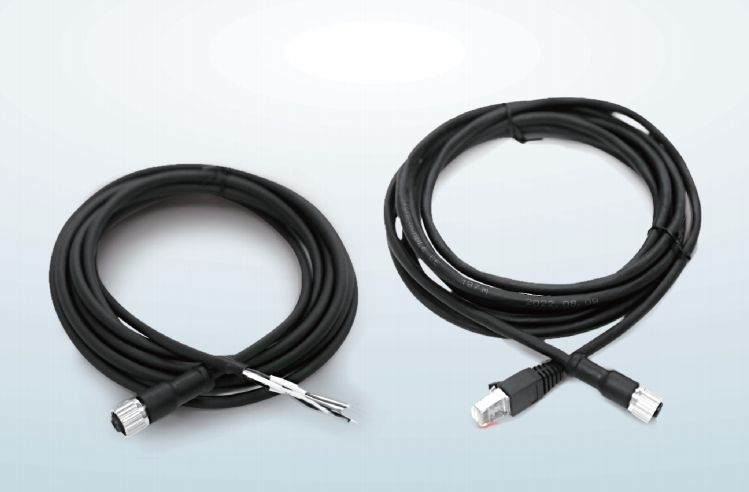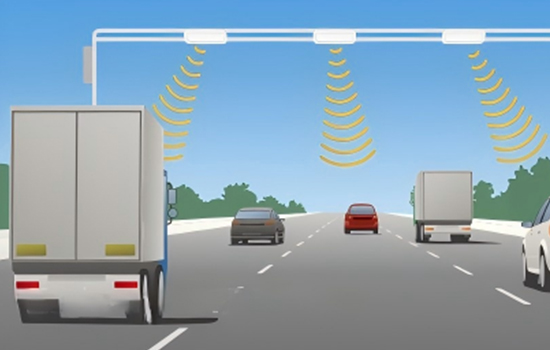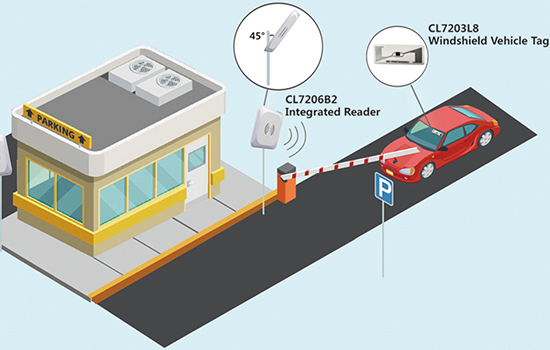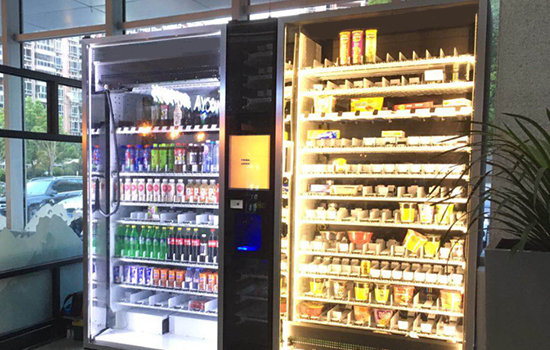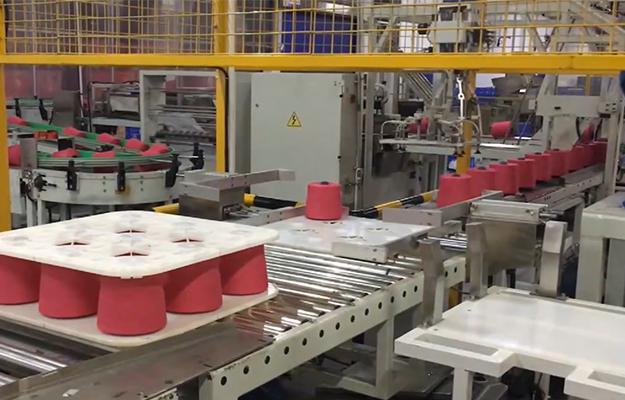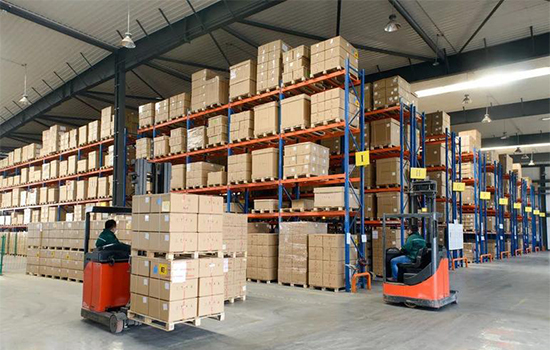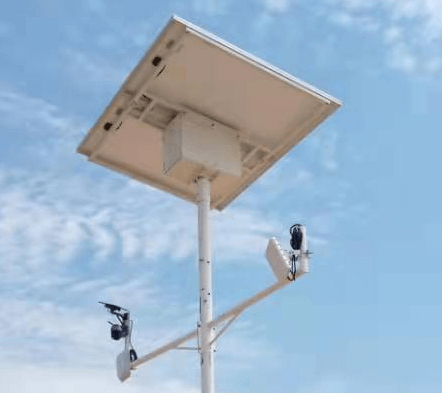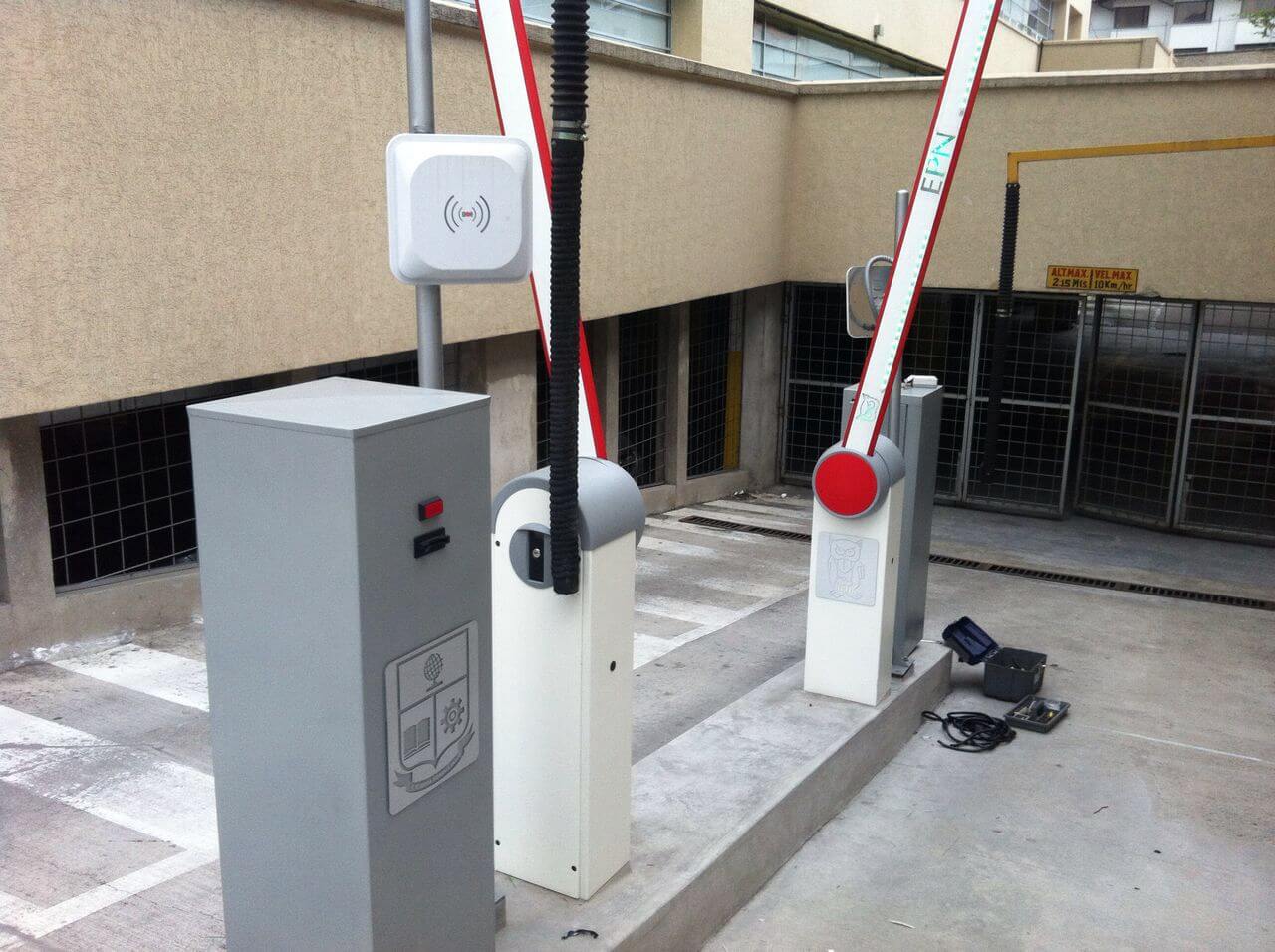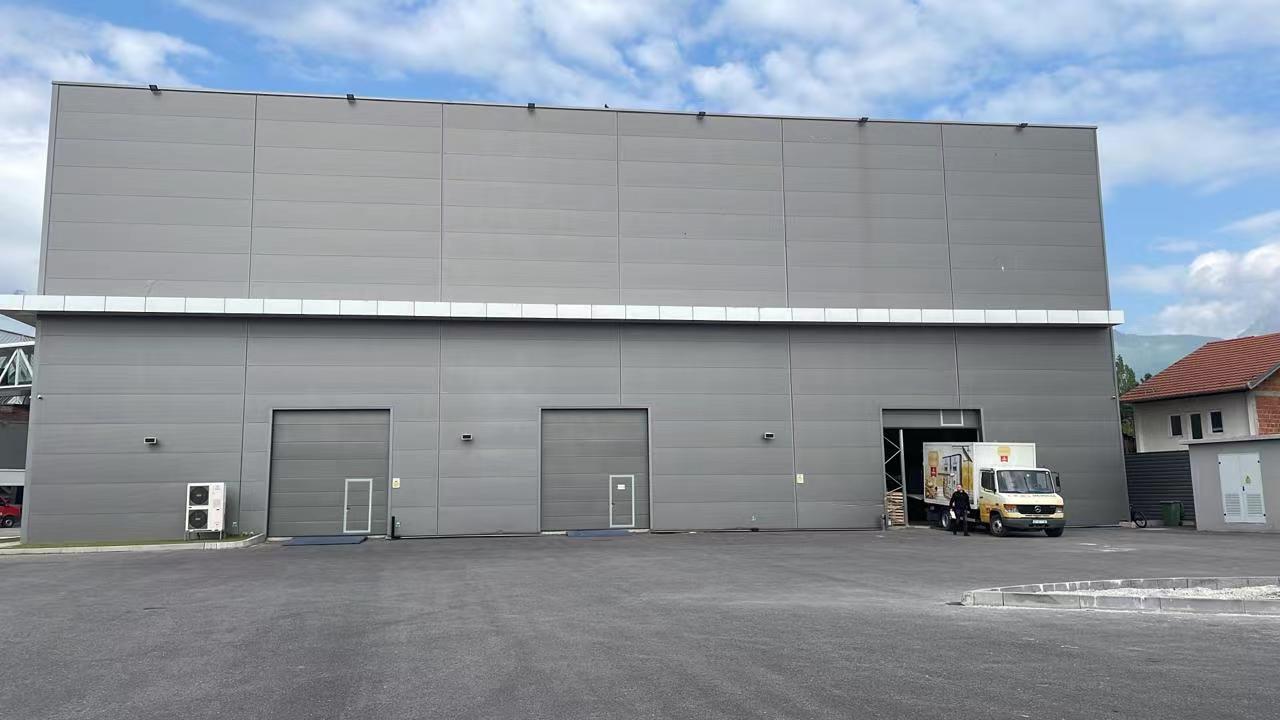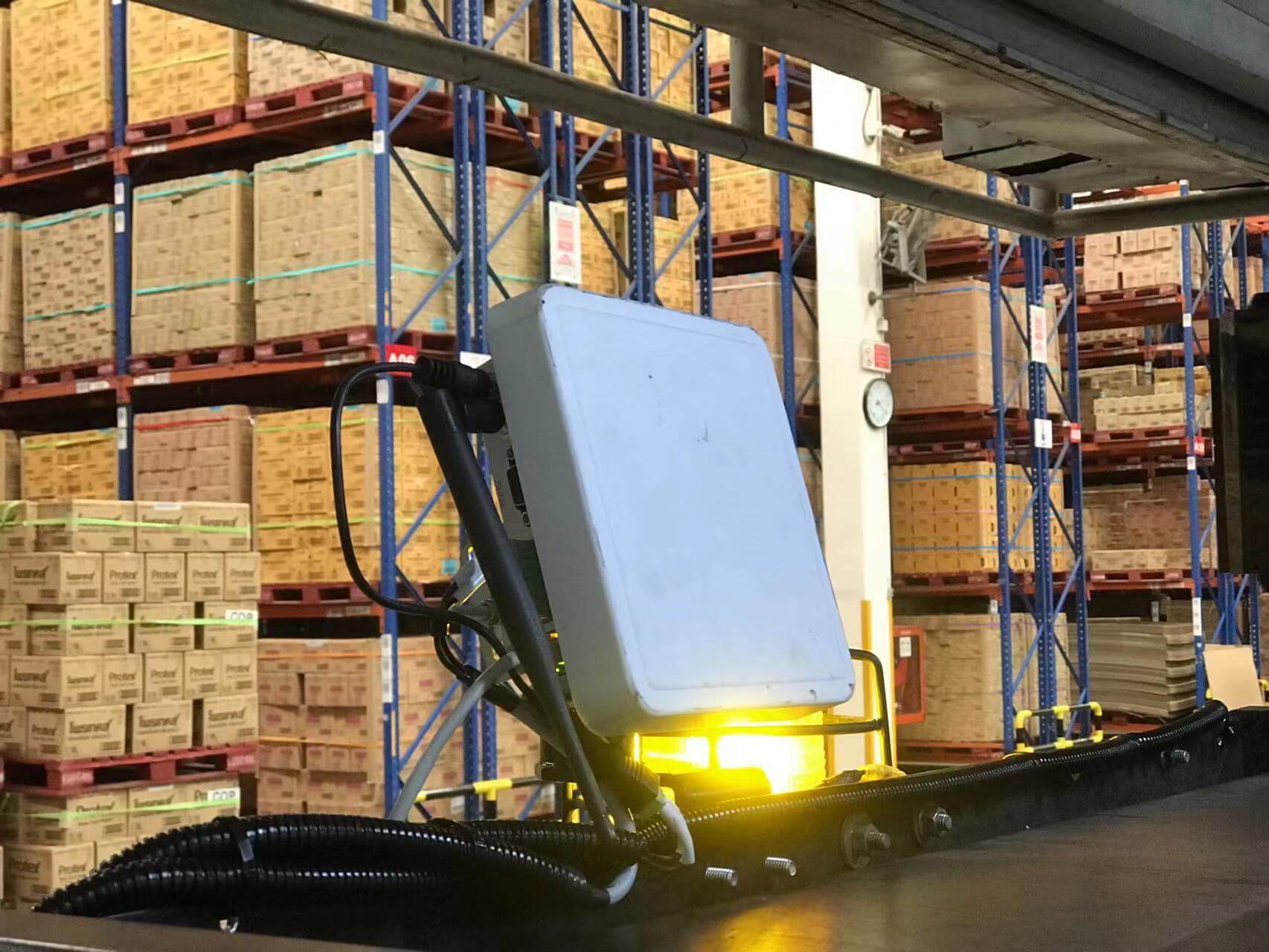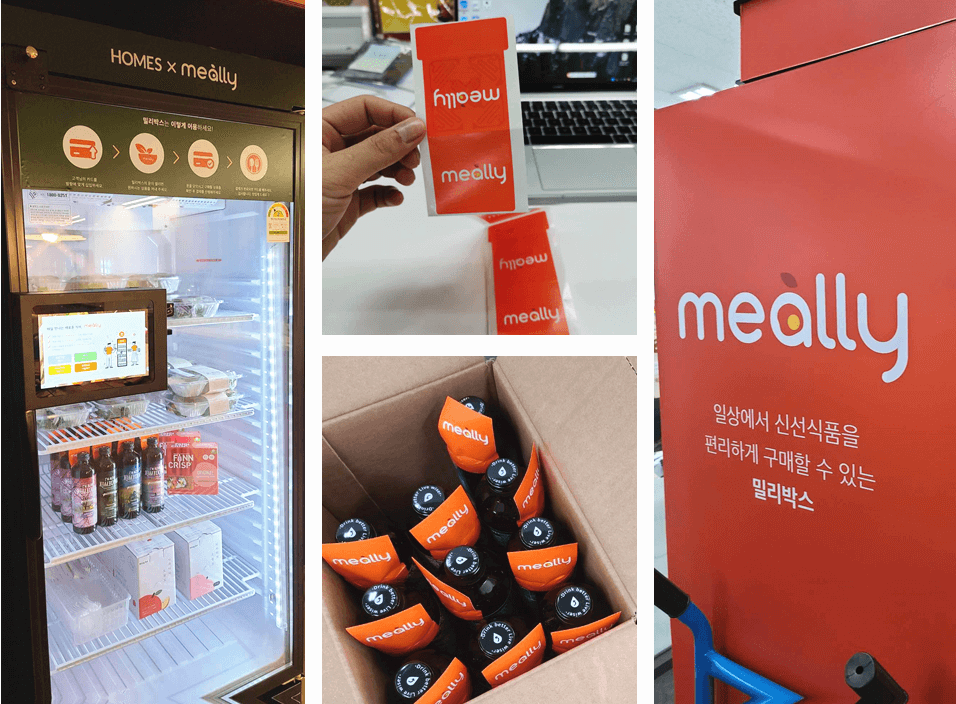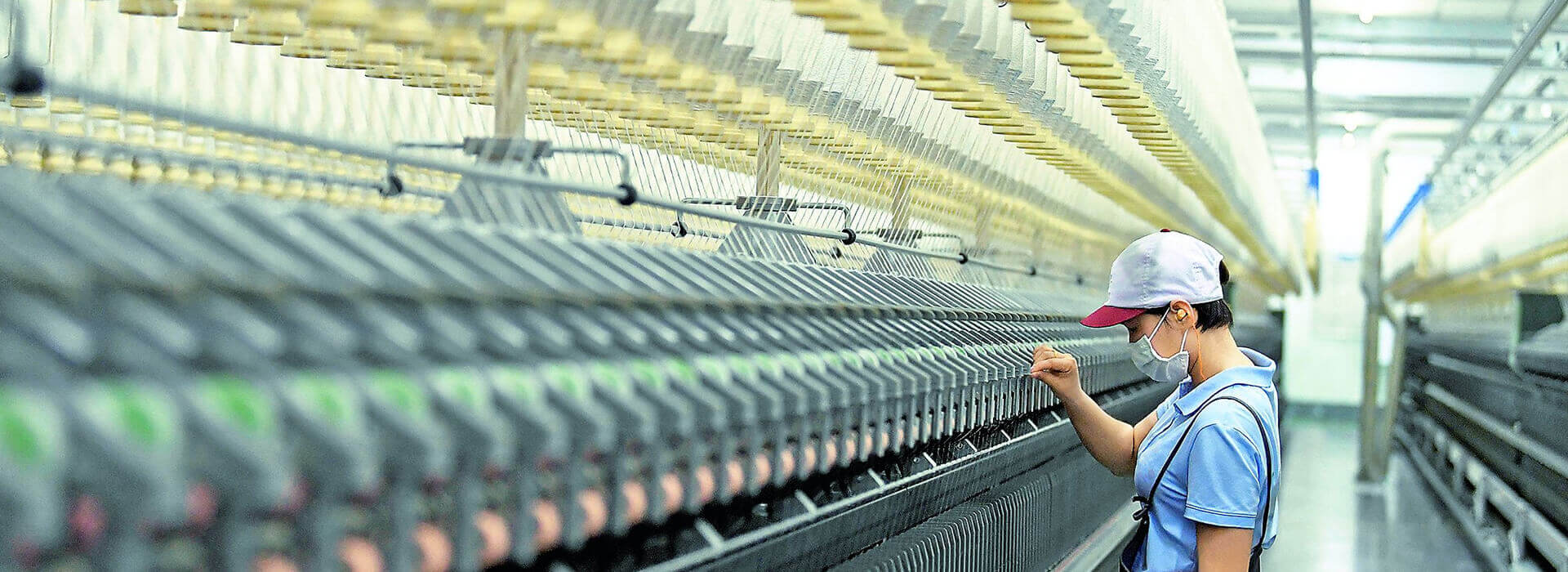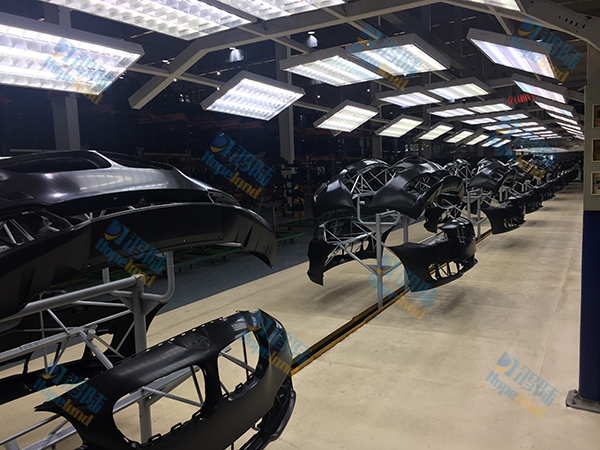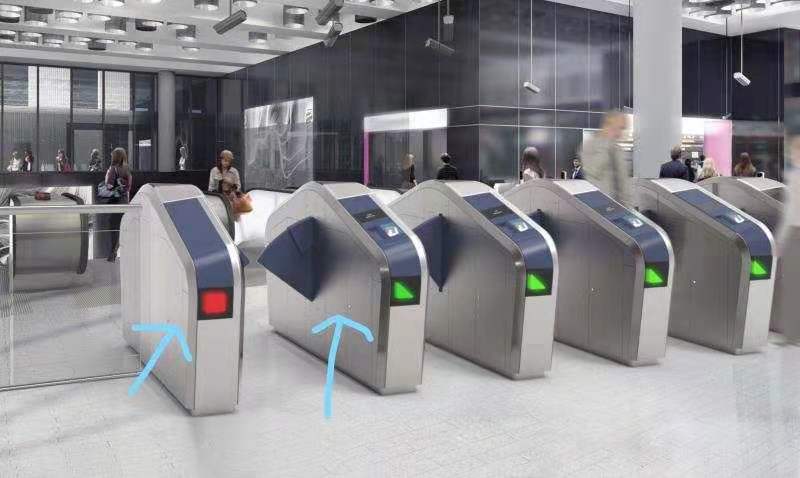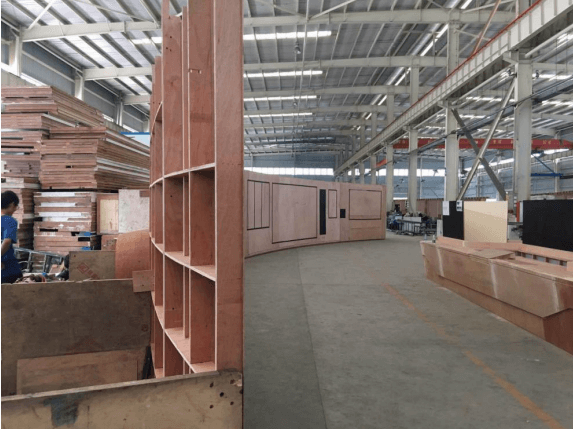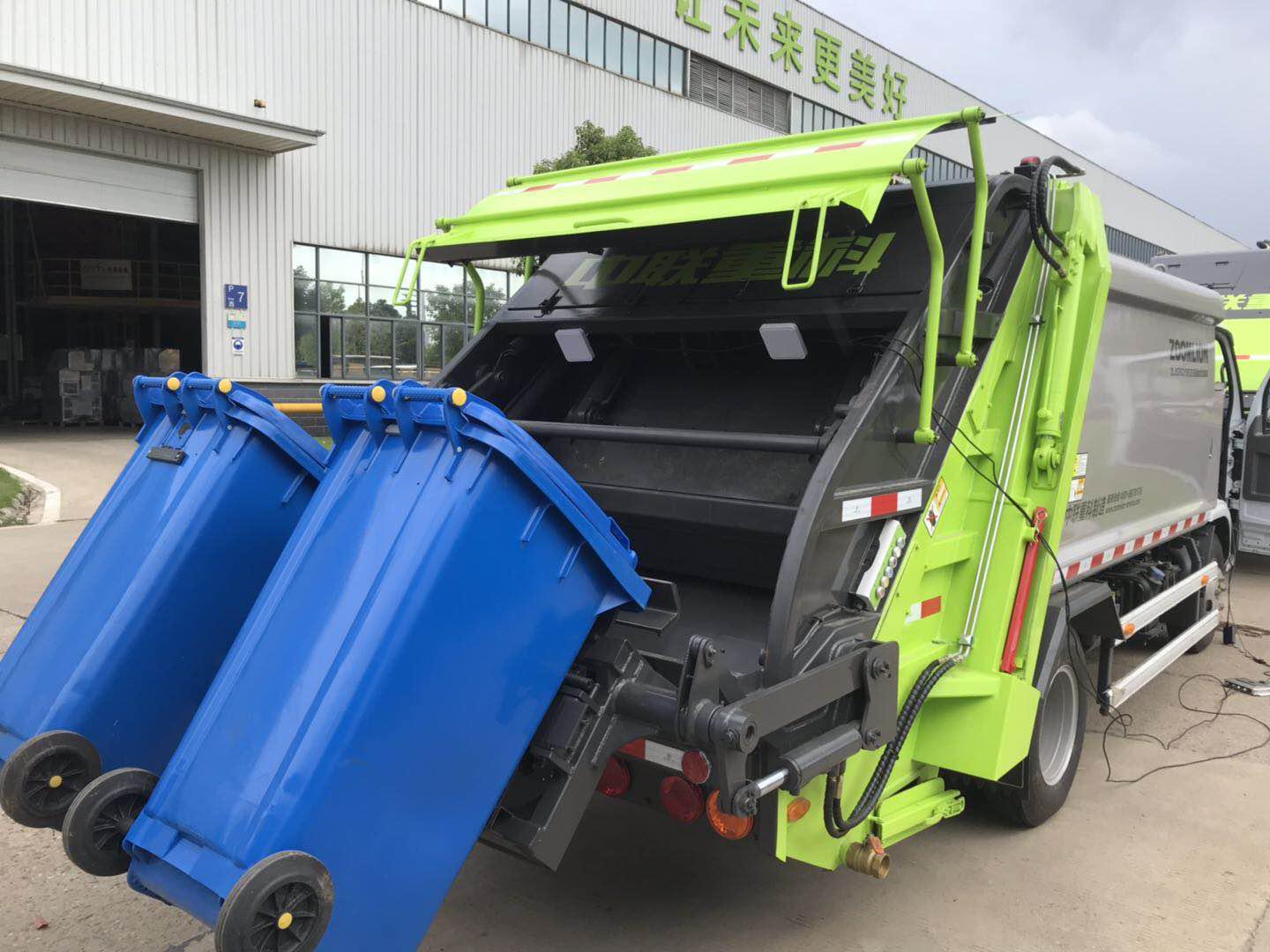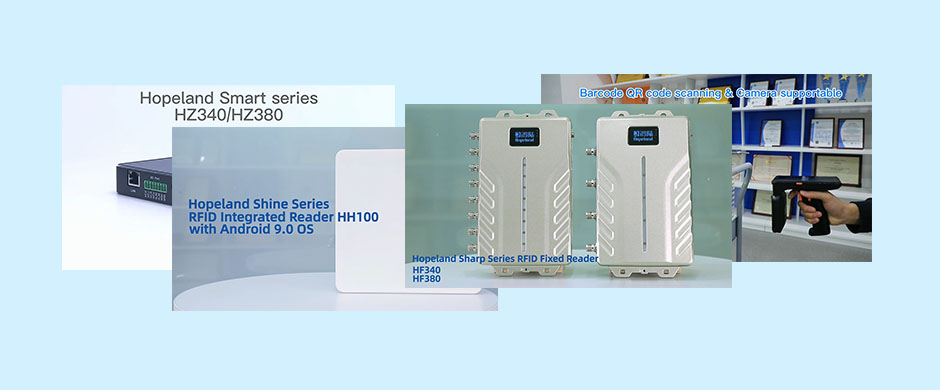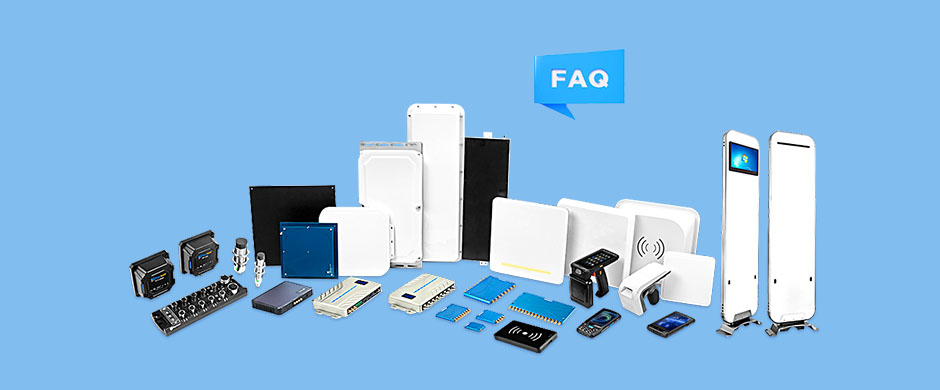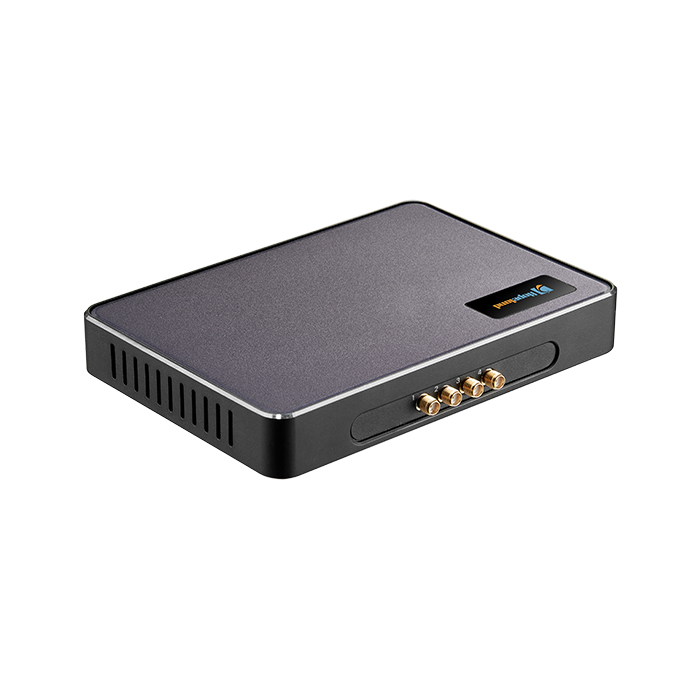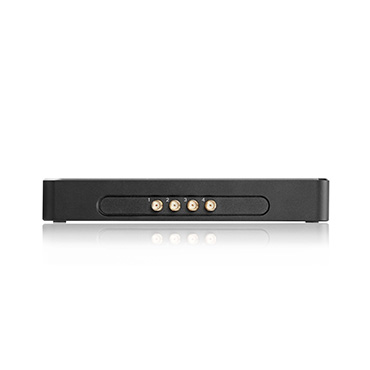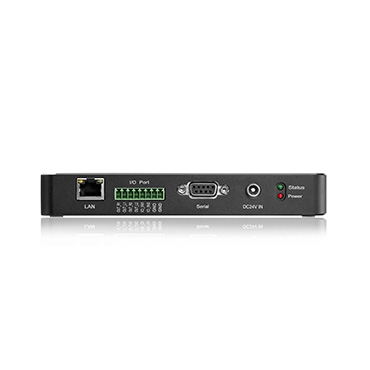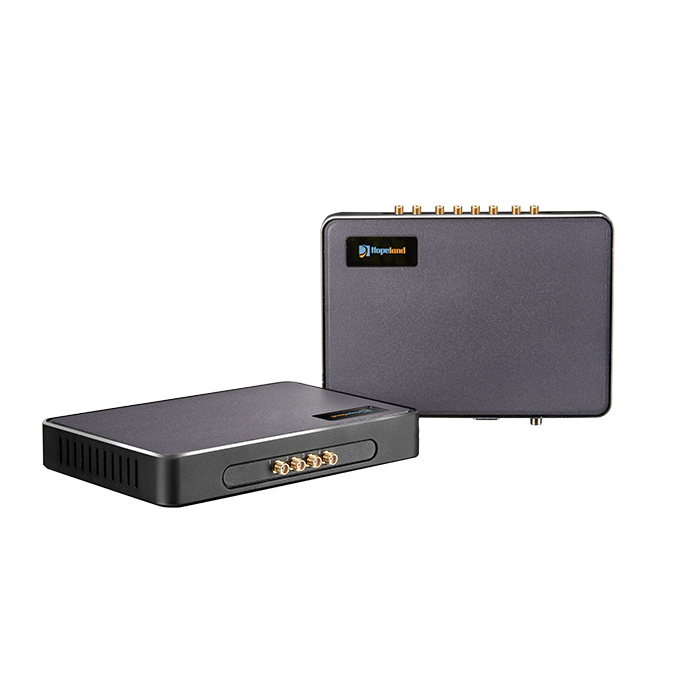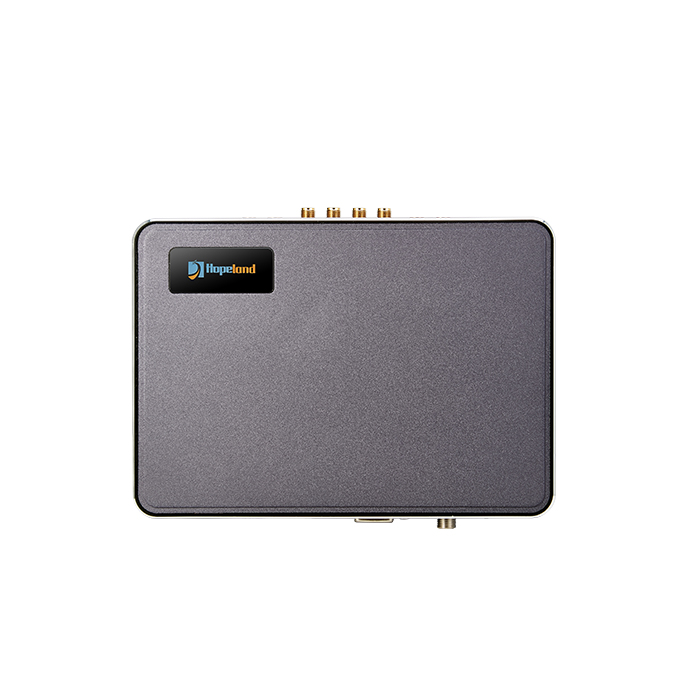
Cost-effective 4 Ports Reader
Features
-
 Adopt Impinj R2000 chip
Adopt Impinj R2000 chip -
 Communication port: RJ45, RS232
Communication port: RJ45, RS232 -
 Support antenna detection function
Support antenna detection function -
 Industrial, easy-to-install I/O port.
Industrial, easy-to-install I/O port. -
 Support antenna port detection
Support antenna port detection -
 Supports RSSI and tag data filtering
Supports RSSI and tag data filtering
Highlights
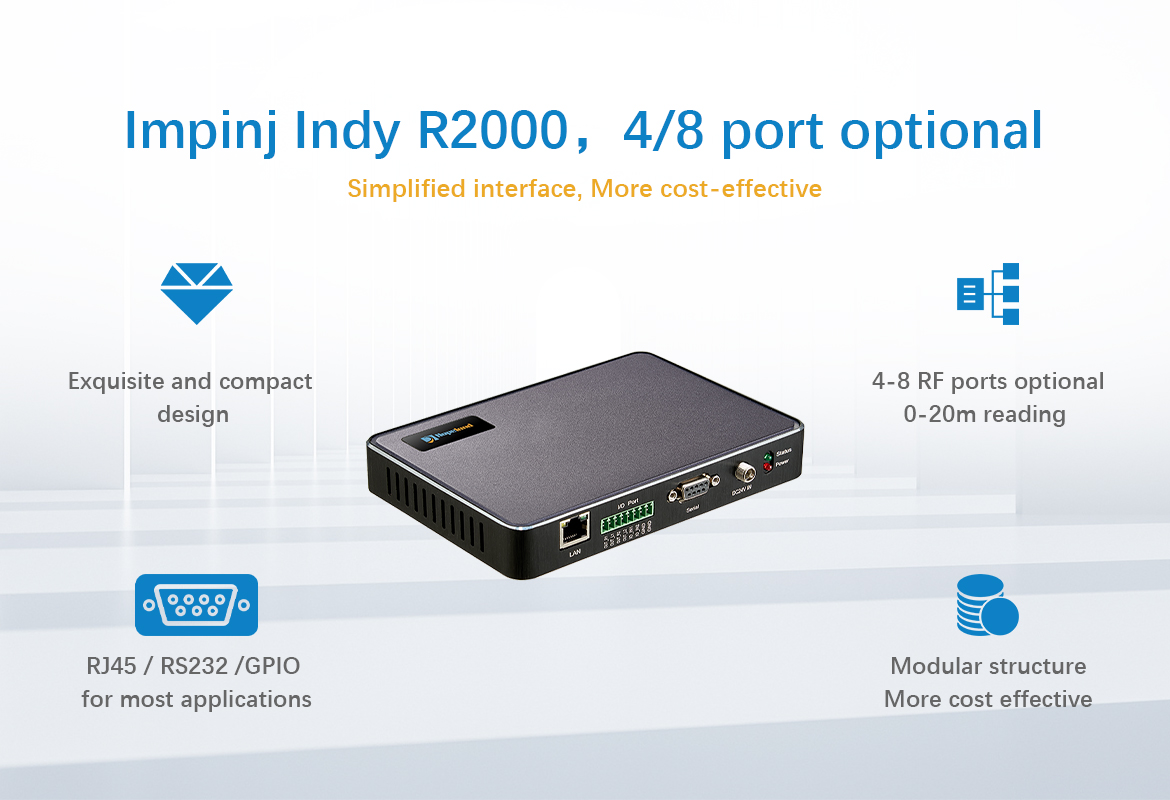

Specifications
-
SDK&Firmware
Firmware Upgrade demo software API Windows system– .Net / .Net core / C++ / Java
Android system - Android
Linux system – Java SDK -
Environment
Operating temperature -20℃~+70℃ Storage temperature -40℃~+85℃ Humidity 5%RH~95%RH Protection IP53 -
RFID
Protocol ISO18000-6C/6B
Frequency FCC: 902MHz~928MHz
ETSI: 865MHz~868MHz
Output Power 0dBm-30dBm (±1dBm) Channel Bandwidth <200KHz Anti-collision Algorithm Fixed frequency/frequency hopping optional Operating mode Supports multi-tag/intensive read and write -
Physical
Dimension 170mm×120mm×25mm Weight 0.5Kg Material Milling aluminum Indicator light Power supply, working status Communication RJ45, RS232 I/O Ports 2-way optocoupler input, 2-way relay output Power DC 24V/2.5A Antenna Port 4 SMA port
Applications
Warehousing & Logistics
Smart Warehousing
Modern warehouse storage is not only to complete the simple batch processing of goods in and out, but also to make clear database records of the types, quantities, production attributes, stacking positions and other information of goods in the warehouse. In order to obtain accurate product data and supply chain information at all stages of the logistics chain.
At present, the one-dimensional barcode/two-dimensional barcode identification technology has been widely used in the management of item classification and labeling. However, its barcode technology relies on visible light scanning reflection, has low recognition rate, is easy to break, contaminates, is sensitive to media such as water and oil, and stores a limited amount of information, which affects its application in large-scale logistics management.
RFID radio frequency identification technology is a typical representative of automatic identification technology. It has high recognition accuracy, reliable performance, large amount of stored information, resistance to oil and sewage washing, etc. It is especially suitable for automatic identification requirements in industrial environments. The use of RFID tags to replace barcodes and other identification products can effectively complete the automatic management of warehousing and realize automatic collection, automatic processing and information reporting of product information.
At present, the one-dimensional barcode/two-dimensional barcode identification technology has been widely used in the management of item classification and labeling. However, its barcode technology relies on visible light scanning reflection, has low recognition rate, is easy to break, contaminates, is sensitive to media such as water and oil, and stores a limited amount of information, which affects its application in large-scale logistics management.
RFID radio frequency identification technology is a typical representative of automatic identification technology. It has high recognition accuracy, reliable performance, large amount of stored information, resistance to oil and sewage washing, etc. It is especially suitable for automatic identification requirements in industrial environments. The use of RFID tags to replace barcodes and other identification products can effectively complete the automatic management of warehousing and realize automatic collection, automatic processing and information reporting of product information.
View Details
Smart Retail
RFID Smart Refrigerator
With the rising cost of human resources and the increasing demand for the ultimate shopping experience, consumers are more comfortable with access to food and beverages anytime and anywhere. This has led to the emergence of smart new retail methods such as unmanned convenience stores, smart refrigerators, and smart vending machines. Among them, unmanned vending machines are one of the most common ones in daily life.
At same time, retail companies need to track all goods inventory status, improve operational efficiency, save labor cost and analysis customer's purchase trend to increase revenue. RFID technology can help them achieve it effortlessly. Nowadays, RFID technology is widely used in retail. The automatic retail fridge is built with RFID UHF hardware, so that retailers can track the goods status at any time. More importantly, smart RFID refrigerators enable buyer to finish purchase process alone and automatically.
At same time, retail companies need to track all goods inventory status, improve operational efficiency, save labor cost and analysis customer's purchase trend to increase revenue. RFID technology can help them achieve it effortlessly. Nowadays, RFID technology is widely used in retail. The automatic retail fridge is built with RFID UHF hardware, so that retailers can track the goods status at any time. More importantly, smart RFID refrigerators enable buyer to finish purchase process alone and automatically.
View Details
Asset Management
Tool Management Solutions
Traditional tool management methods generally rely on non-automated, paper-based systems to record, track and manage; a few use barcodes to identify and manage assets; but the efficiency is extremely low, with the increase in the number of assets, extremely The earth has increased the burden of management personnel, a serious waste of human resources, and also increased the difficulty of tool management, often resulting in untimely data and high error rates. Often the inventory management is chaotic, and the inbound and outbound data is wrong. If it is left to exist on a large scale for a long time, it will bring great cost problems to the enterprise.
In terms of tool management application technology, traditional automatic identification technologies such as one-dimensional bar code/two-dimensional bar code have also been widely used in the management of item classification and labeling. However, the barcode technology itself relies on the visible light scanning reflection, the recognition rate is low, the barcode is easily damaged and stained, and the amount of stored information is small. Generally, it only identifies a certain type of product, which affects its wide application in logistics management.
Compared with barcode technology, RFID radio frequency identification technology is a typical representative of non-contact long-distance automatic identification technology. RFID technology has high recognition accuracy, reliable performance, large amount of stored information, and oil and sewage resistance, especially suitable for automatic identification requirements in harsh working environments. The use of RFID tags to replace barcodes and other identified goods can effectively complete the automatic management of assets, and realize the automatic collection, automatic processing and report output of asset information.
In terms of tool management application technology, traditional automatic identification technologies such as one-dimensional bar code/two-dimensional bar code have also been widely used in the management of item classification and labeling. However, the barcode technology itself relies on the visible light scanning reflection, the recognition rate is low, the barcode is easily damaged and stained, and the amount of stored information is small. Generally, it only identifies a certain type of product, which affects its wide application in logistics management.
Compared with barcode technology, RFID radio frequency identification technology is a typical representative of non-contact long-distance automatic identification technology. RFID technology has high recognition accuracy, reliable performance, large amount of stored information, and oil and sewage resistance, especially suitable for automatic identification requirements in harsh working environments. The use of RFID tags to replace barcodes and other identified goods can effectively complete the automatic management of assets, and realize the automatic collection, automatic processing and report output of asset information.
View Details
Send A Message
Related Products
-
HY820UHF RFID handheld terminalImpinj E710 Supportable,UHF 25M Read Range;Industrial IP65 Rugged,1.5M Drop Test,Suitable For Different Harsh EnvironmentDetails
-
HF100New 2-port Integrated RFID readerNew Sharp series Linux Super long reading Integrated RFID reader - HF100 2-port version integrated RFID reader is one of series Hopeland Fixed RFID Reader, integrated design but support 1 additional antenna port. Running with Impinj Indy R2000 chipset/ newest Impinj E710 RAIN RFID reader chip upgradable, and operated on Linux 2.6 operation system. It not only includes built-in 4G, WiFi, and Bluetooth, and PoE (IEEE 802.3 af/at/bt) optional, but also supports built-in web management functions such as remote parameter configuration, MQTT, HTTP post, MySQL database transferring and so on.Details
-
HZ100Long reading Integrated RFID ReaderHigh performance Integrated UHF RFID reader HZ100, updated from
CL7206B5A, supporting ISO18000-6C protocol, long range RFID reading,
fast identification, excellent multi-tag reading, strong anti-collision,
automatic reading, white list functions.
Widely used fixed asset management, logistic, warehouse inventory, products
tracking transshipment , e parking system vehicle management, production automation etc.Details -
HZ380Cost-effective 8 Ports ReaderCost-effective multi-port fixed UHF RFID reading and writing device, supports ISO18000-6C/6B two protocols, output power 0 ~ 30dBm optional, with high recognition sensitivity, fast speed, strong anti-interference ability , Multi-antenna identification efficiency.Details


